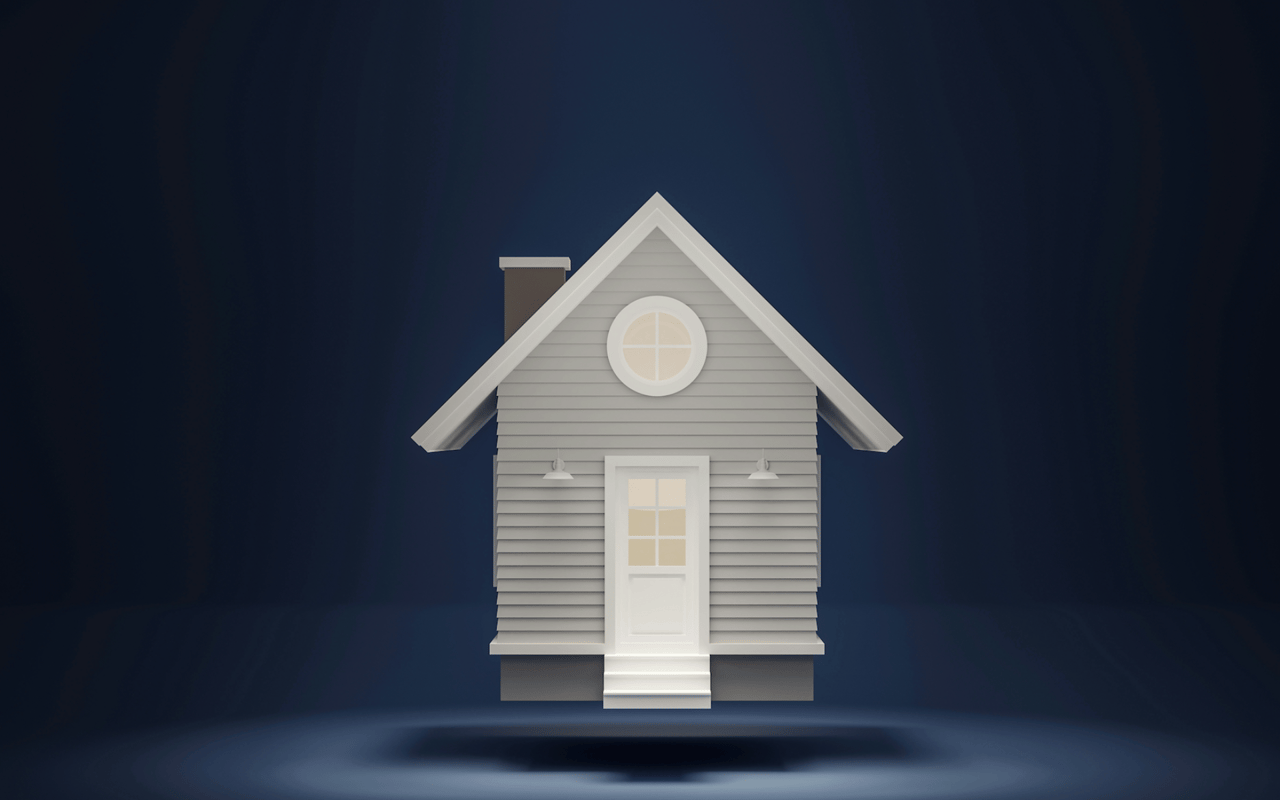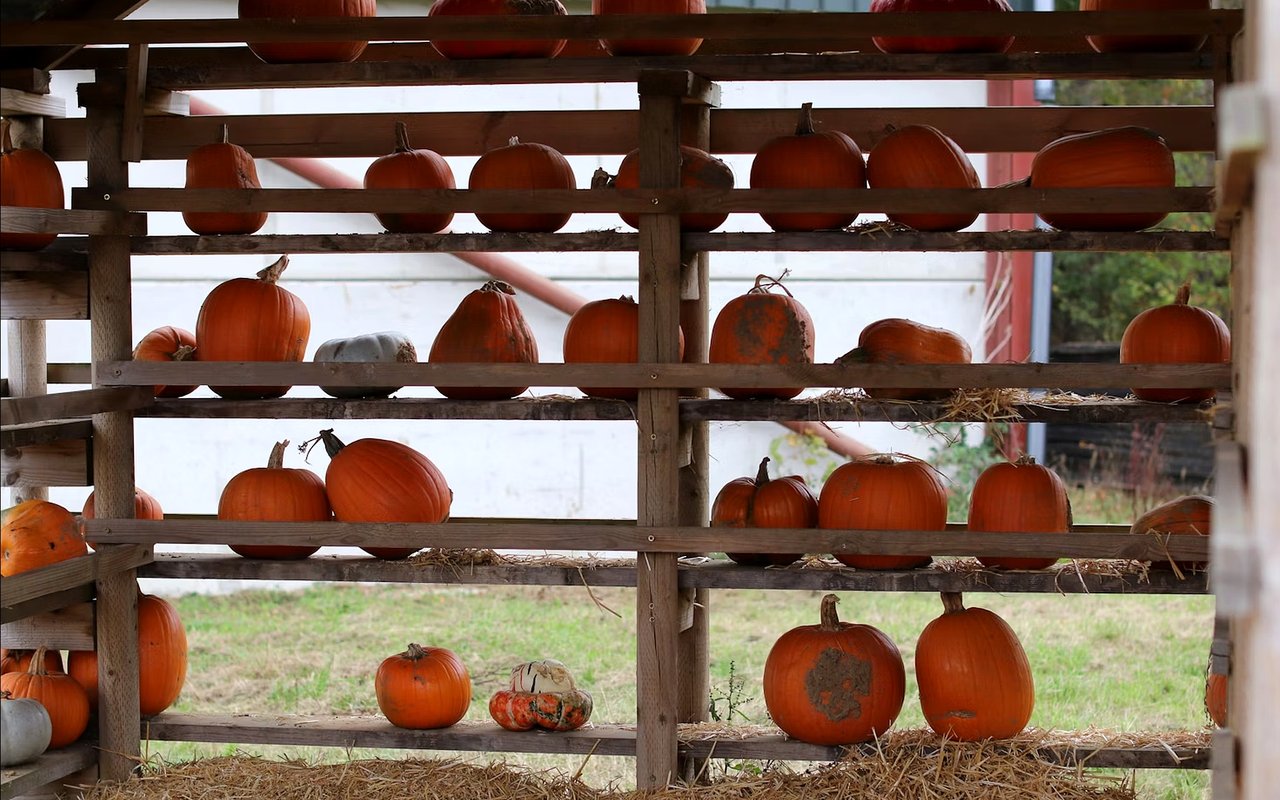When evaluating a home’s market value, many factors come into play—location, size, condition, and demand. However, one aspect that significantly impacts both pricing and desirability is the age of the home. Some buyers are drawn to the character and craftsmanship of older homes, while others prefer the efficiency and modern amenities of newer properties. Understanding how a home’s age influences its market value can help both buyers and sellers make informed decisions.
This guide explores the key ways in which home age affects valuation, buyer preferences, and long-term investment potential.
The Influence of Home Age on Market Value
Age affects a home’s market value in several ways, from structural integrity to aesthetic appeal. Generally, home values fluctuate based on:
- Maintenance and Upgrades – Older homes that have been well-maintained and modernized often retain strong market value.
- Architectural Appeal – Historic homes with distinctive craftsmanship can command higher prices due to their unique character.
- Energy Efficiency – Newer homes often have updated insulation, windows, and HVAC systems, making them more cost-effective to maintain.
- Building Materials and Construction Standards – Older homes may have been built with more durable materials, but they might also require code-compliant updates.
Advantages and Challenges of Older Homes
Why Buyers Value Older Homes
Many buyers appreciate older homes for their charm, unique details, and craftsmanship. Some key selling points include:
- Architectural Character – Many older homes feature detailed woodwork, ornate moldings, and high ceilings, which are rare in modern construction.
- Established Neighborhoods – Older homes are often found in well-developed communities with mature trees, sidewalks, and proximity to local amenities.
- Solid Construction – Many homes built in the early-to-mid 20th century were constructed with high-quality materials such as hardwood floors, plaster walls, and brick exteriors.
Potential Challenges with Older Homes
While older homes can be desirable, they also come with challenges that may impact market value and buyer interest:
- Outdated Systems – Plumbing, electrical, and HVAC systems may need updating to meet modern safety and efficiency standards.
- Higher Maintenance Costs – Older properties often require more frequent repairs and upkeep.
- Less Energy Efficiency – Original windows, insulation, and heating systems may contribute to higher utility bills.
- Potential Code Issues – Depending on the home’s age, it may not meet current building codes, which could affect financing and insurance costs.
Newer Homes: Benefits and Considerations
Why New Homes Command Higher Prices
Newer homes, typically those built within the last 20 years, tend to have higher market value due to modern conveniences and efficiency. Buyers often seek out newer properties for the following reasons:
- Move-In Ready Condition – Most new homes require minimal repairs or updates, making them an attractive option for buyers looking for convenience.
- Energy Efficiency – Modern homes often include energy-efficient windows, insulation, appliances, and HVAC systems, reducing long-term operating costs.
- Open Floor Plans and Modern Design – Newer homes are often built with open-concept layouts, larger kitchens, and functional storage spaces to accommodate contemporary living styles.
- Lower Maintenance Costs – With updated roofing, plumbing, and electrical systems, homeowners are less likely to face costly repairs in the first few years.
Potential Drawbacks of New Homes
Despite the advantages, newer homes are not without downsides that can impact their long-term value:
- Higher Initial Price Tag – New construction homes are often priced at a premium due to modern features and energy efficiency.
- Smaller Lot Sizes – Many newer developments prioritize maximizing home size over spacious yards, leading to smaller outdoor spaces compared to older homes.
- Less Established Neighborhoods – Newer communities may lack the mature trees, sidewalks, and community feel that older neighborhoods provide.
How Home Age Affects Resale Value
Whether a home is new or old, its resale value is determined by how well it has been maintained and updated over time. Here’s how different property ages impact appreciation and resale success:
- Homes Under 10 Years Old – These homes often maintain their original value or appreciate slightly, especially if located in a desirable area. Their appeal is strongest among buyers seeking minimal maintenance.
- Homes Between 10–30 Years Old – Properties in this range may start to show signs of wear but can still hold strong market value if they have been updated. Buyers often look for recently replaced roofs, modernized kitchens, and energy-efficient upgrades.
- Homes Over 30 Years Old – The resale value of older homes depends largely on their condition and renovations. Well-maintained homes with modern systems and attractive updates can remain highly competitive.
Maximizing Market Value Regardless of Age
Whether selling a historic home or a recently built property, homeowners can take strategic steps to maximize their market value:
For Older Homes:
- Update Key Systems – Replacing an old roof, upgrading electrical wiring, and modernizing plumbing can reassure buyers and prevent price reductions.
- Enhance Curb Appeal – Maintaining landscaping, repainting exteriors, and restoring historical details can make an older home more visually appealing.
- Modernize Kitchens and Bathrooms – These are key areas where buyers expect updated features, regardless of the home’s age.
- Improve Energy Efficiency – Adding new windows, insulation, and smart thermostats can make an older home more cost-effective.
For Newer Homes:
- Maintain the Home’s Condition – Keeping up with regular maintenance prevents issues that could devalue the home.
- Invest in Landscaping – Many newer homes have minimal landscaping; adding mature trees or well-designed gardens can boost curb appeal.
- Upgrade Finishes – Over time, certain design choices may become outdated. Upgrading countertops, flooring, and light fixtures can keep a newer home looking fresh.
- Highlight Smart Home Features – If the home has built-in smart technology, showcasing these features can add appeal to tech-savvy buyers.
For sellers, understanding how age affects buyer perception and market demand is key to setting the right price and making strategic improvements. For buyers, weighing the pros and cons of home age can help them find a property that meets both their lifestyle and financial goals.
By making thoughtful upgrades and considering how home age influences value, both buyers and sellers can navigate the real estate market with confidence and maximize their investment.
Discover More with the Deb Paton Showley Group
Whether you're buying, selling, or just curious about the market trends, staying informed is key. The Deb Paton Showley Group is here to assist you with expert advice and personalized service. Reach out today to start your real estate adventure with a team that truly understands your needs.





